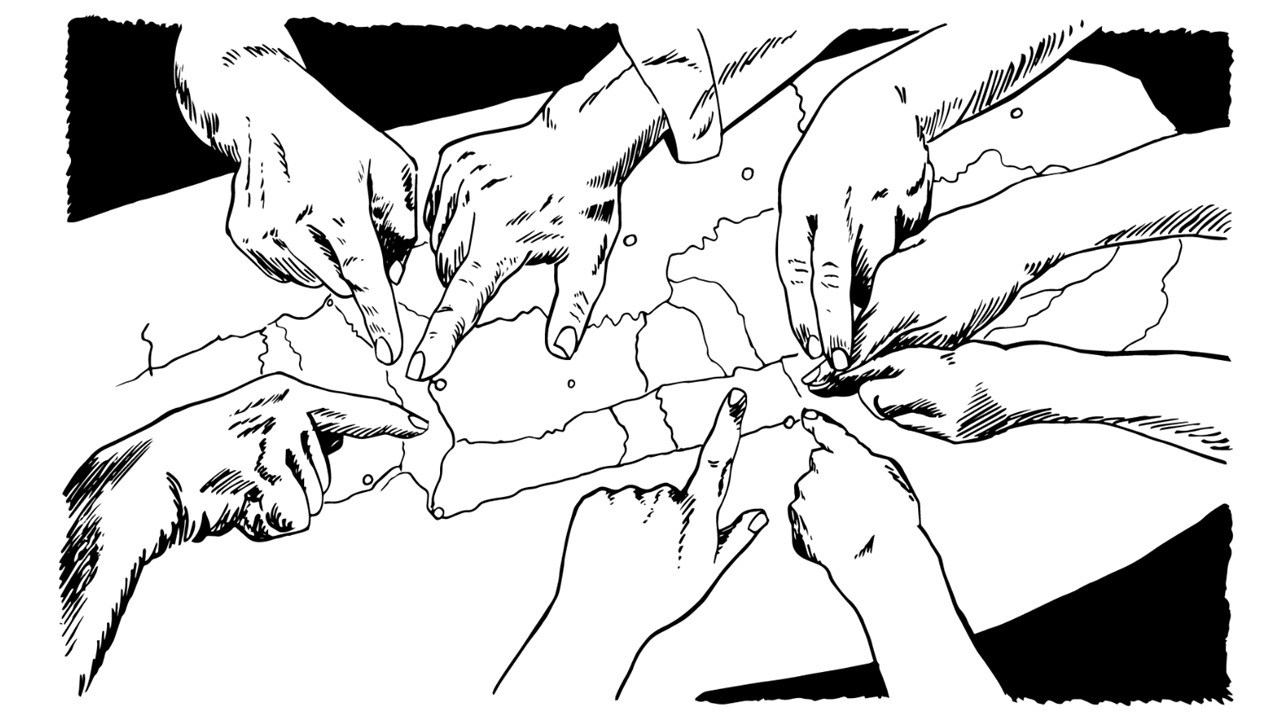In Defense of Identity: A Comparative Analysis of Indigenous Self-Defense Movements in North America
Document Type
Working Paper
Publication Date
Fall 8-2024
Keywords
Indigenous, North America, Northwest Rebellion, Self-Defense, Wounded Knee
Department
Institute for Genocide and Mass Atrocity Prevention (IGMAP)
Abstract
This paper conducts a comparative analysis of two significant historical events of Indigenous resistance in North America: the Northwest Rebellion of 1885 in Canada and the Wounded Knee Occupation of 1973 in the United States. The Métis during the Northwest Rebellion and the Lakota Oglala along with American Indian Movement activists during the Wounded Knee Occupation both sought to assert their rights against encroaching government policies and settler expansion. By examining the actors, agendas, actions, and outcomes of these movements, the paper explores the nuanced nature of self-defense within a settler-colonial context. Comparative analysis highlights the persistent efforts of Indigenous peoples to protect their communities and cultures despite enduring oppression and genocide. It also investigates how media portrayal and the dynamics of authority influence the success of resistance efforts, revealing the distinct challenges faced by Indigenous communities in Canada and the United States. Through an exploration of these cases, we underscore the ongoing struggles of Indigenous self-determination and the importance of solidarity in resisting colonial legacies. Ultimately, this paper provides a comprehensive understanding of the multifaceted nature of Indigenous resistance and the critical role of self-defense in preserving cultural identity and autonomy. Understanding the paths of self-defense that were taken in the past is key to guiding the ongoing struggle against genocide, oppression, and the destruction of indigenous communities.
Recommended Citation
Cairncross, Chloe and Dana Dougherty, "In Defense of Identity: A Comparative Analysis of Indigenous Self-Defense Movements in North America," Microdynamics of Mass Atrocity Working Paper Series, August 2024.
Creative Commons License

This work is licensed under a Creative Commons Attribution 4.0 International License.
Included in
Canadian History Commons, Comparative Politics Commons, Holocaust and Genocide Studies Commons, Native American Studies Commons, United States History Commons



